Archives
- 2025-10
- 2025-09
- 2025-03
- 2025-02
- 2025-01
- 2024-12
- 2024-11
- 2024-10
- 2024-09
- 2024-08
- 2024-07
- 2024-06
- 2024-05
- 2024-04
- 2024-03
- 2024-02
- 2024-01
- 2023-12
- 2023-11
- 2023-10
- 2023-09
- 2023-08
- 2023-07
- 2023-06
- 2023-05
- 2023-04
- 2023-03
- 2023-02
- 2023-01
- 2022-12
- 2022-11
- 2022-10
- 2022-09
- 2022-08
- 2022-07
- 2022-06
- 2022-05
- 2022-04
- 2022-03
- 2022-02
- 2022-01
- 2021-12
- 2021-11
- 2021-10
- 2021-09
- 2021-08
- 2021-07
- 2021-06
- 2021-05
- 2021-04
- 2021-03
- 2021-02
- 2021-01
- 2020-12
- 2020-11
- 2020-10
- 2020-09
- 2020-08
- 2020-07
- 2020-06
- 2020-05
- 2020-04
- 2020-03
- 2020-02
- 2020-01
- 2019-12
- 2019-11
- 2019-10
- 2019-09
- 2019-08
- 2019-07
- 2019-06
- 2019-05
- 2019-04
- 2018-11
- 2018-10
- 2018-07
-
Taken together the results reveal a complex feedback and fee
2024-08-16
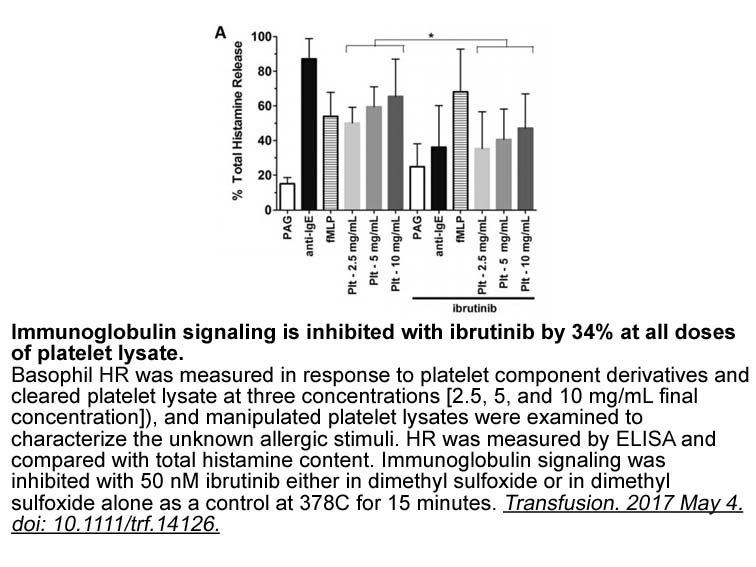
Taken together, the results reveal a complex feedback and feedforward signaling network between the tryptophan metabolic enzymes IDO1/TDO2, the KP metabolite KYN, and the ligand-activated transcription factor AhR (Figure 2). Cancer biotin products highjack this signaling circuitry to deregulate imm
-
AdipoR and AdipoR have been reported to be
2024-08-16
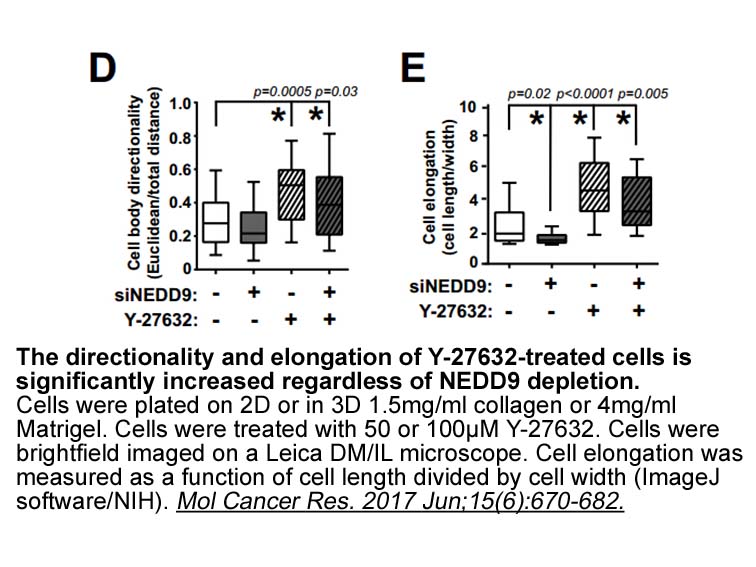
AdipoR1 and AdipoR2 have been reported to be present in almost all type of tissues and low Immunology Compound Library levels have been observed in white adipose tissue (Inukai et al., 2005). These receptors have been observed to become deregulated with the onset of obesity, resulting in a reduced
-
HT receptors are distributed throughout the brain within the
2024-08-16
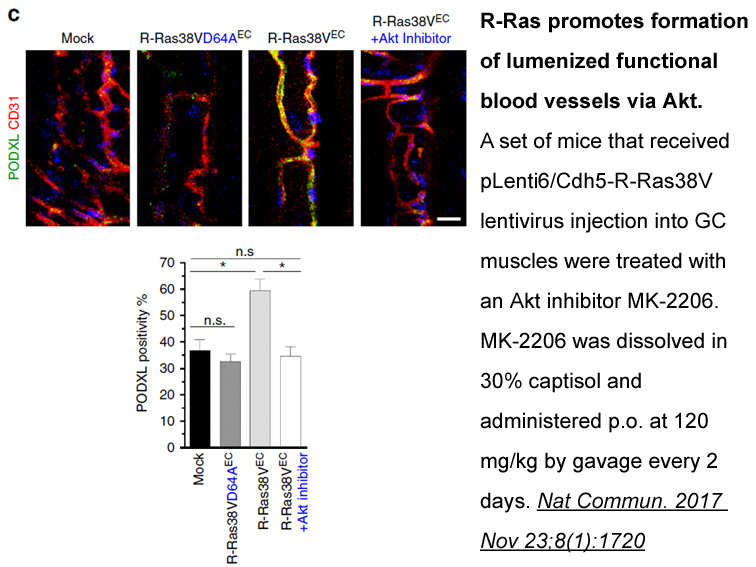
5-HT3 receptors are distributed throughout the brain, within the brainstem (e.g., nucleus tractus solitarius, area postrema and spinal trigeminal nucleus) and RGDfK (e.g., hippocampus, amygdala, nucleus accumbens, putamen and caudate) (Abi-Dargham et al., 1993, Barnes et al., 1989, Bufton et al., 1
-
To our knowledge BAY has not progressed
2024-08-16

To our knowledge, BAY 60-6583 has not progressed to clinical development and remains to be the only ADORA2B agonist that has been developed.33, 34 Further development of similar compounds would be beneficial in future fibrosis research. One of the limitations of our study is being limited to in vit
-
The original Aurora kinase was
2024-08-15
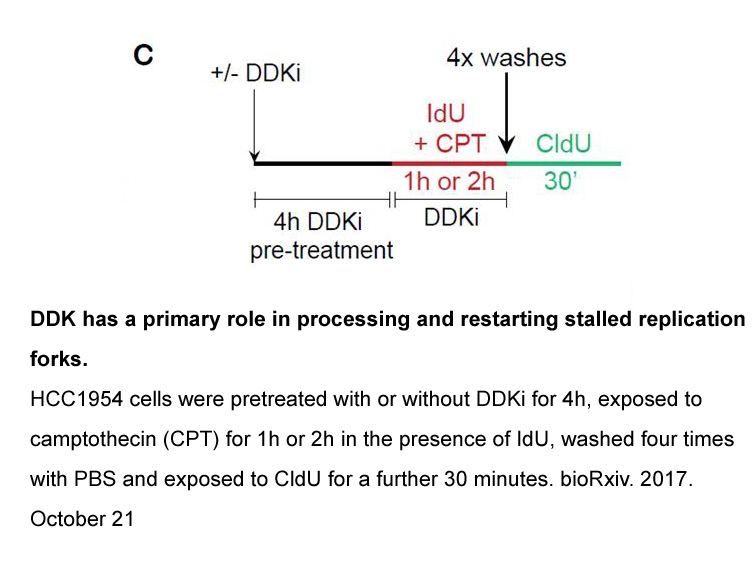
The original Aurora kinase was identified during a phenotypic screen for defects in mitotic spindles in Drosophila mutants. Aurora mutants were so named because of the morphological defects at the mitotic spindle resembling the Aurora borealis, or the Northern light [4]. The structure of the Auroras
-
Here we report discovery of highly selective pan Aurora kina
2024-08-15
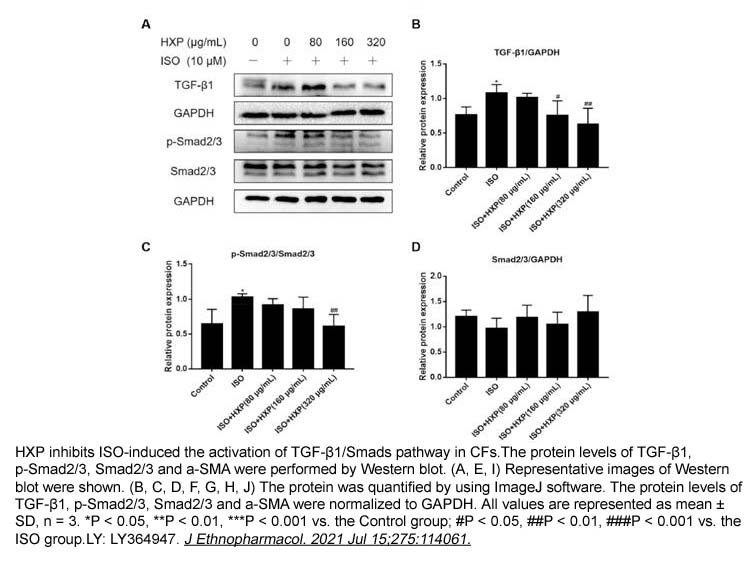
Here we report discovery of highly selective pan-Aurora kinase inhibitors through phenotypic screening. The co-crystal structure of Mdivi 1 bound in the ATP binding site of Aurora A is described, and provides insight into the possible structural basis for the selectivity of the interaction. To id
-
br Introduction Lipoxygenases LOXs are
2024-08-15
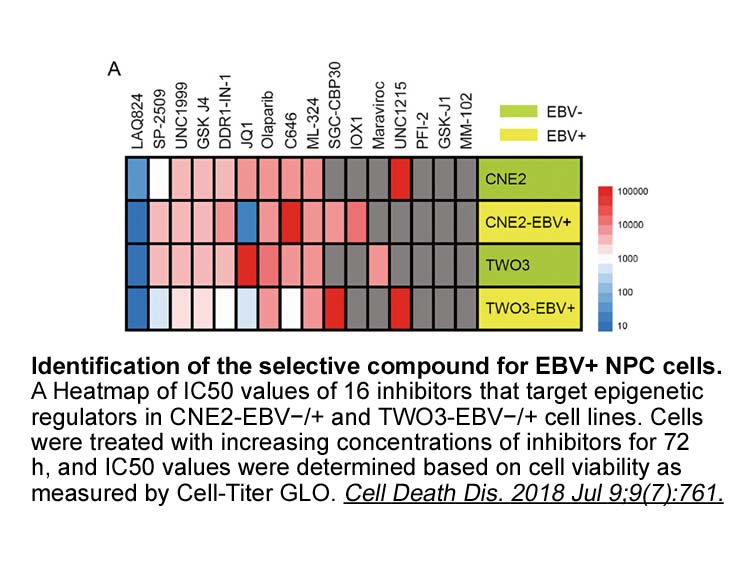
Introduction Lipoxygenases (LOXs) are a heterogeneous family of enzymes that catalyze the peroxidation of polyunsaturated fatty acids (PUFAs). By oxidizing free PUFAs, they were shown to contribute to the generation of various bioactive lipid mediators. However, LOX-mediated oxidation of PUFAs es
-
As the effects of baclofen on primary afferent
2024-08-15

As the effects of baclofen on primary afferent activity are not reproduced by GABAA receptor agonists like muscimol and isoguvacine, this ionotropic receptor may play minimal role in the modulation of primary afferent activity. However, it is important to note that post-synaptic GABAA receptors rema
-
Analysis of ASK crystal structures as well as an
2024-08-15
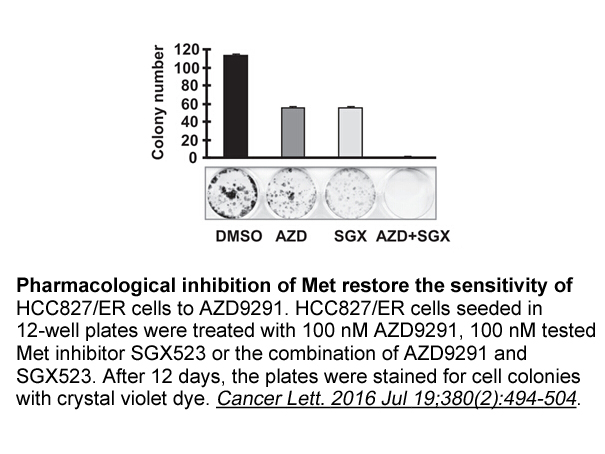
Analysis of ASK1 crystal structures as well as an investigation of how tak1 inhibitor 4 might bind were undertaken to understand opportunities for engaging Gln756. To this end a docking model derived from PDB 3VW622 was used to predict the binding mode of amide 4 in the ASK1 active site as shown in
-
br Funding The present study was funded by
2024-08-15

Funding The present study was funded by The Scientific and Technological Research Council of Turkey (TUBITAK) within Research Program 1001, unique project number: 214S349. Introduction The apelin receptor, also called APJ or angiotensin receptor-like 1 was first cloned in 1993 due to its stro
-
si cid sale Abnormalities in placentation in patients with P
2024-08-15
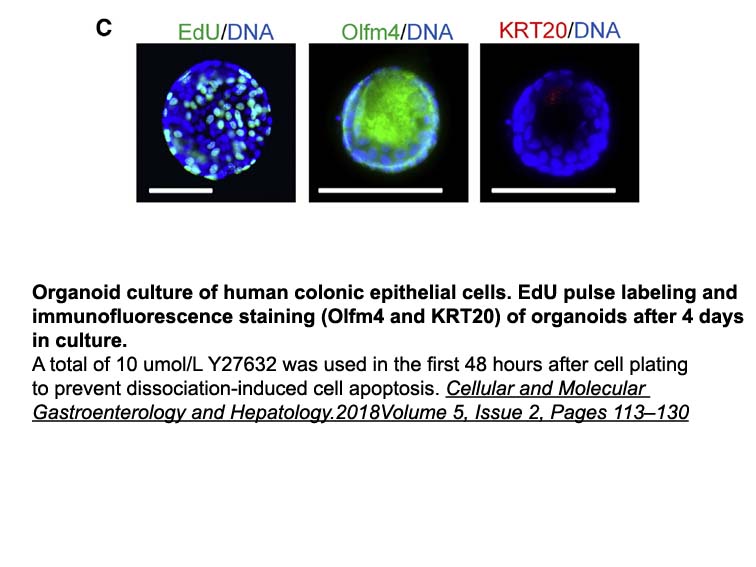
Abnormalities in placentation in patients with PE appear to be associated with changes in different components of the signaling pathway that mediates cytotrophoblast migration/invasion. Studies have showed that the activation of the Notch signaling pathway is associated with the differentiation and
-
br Introduction AMPA receptors AMPARs mediate
2024-08-15
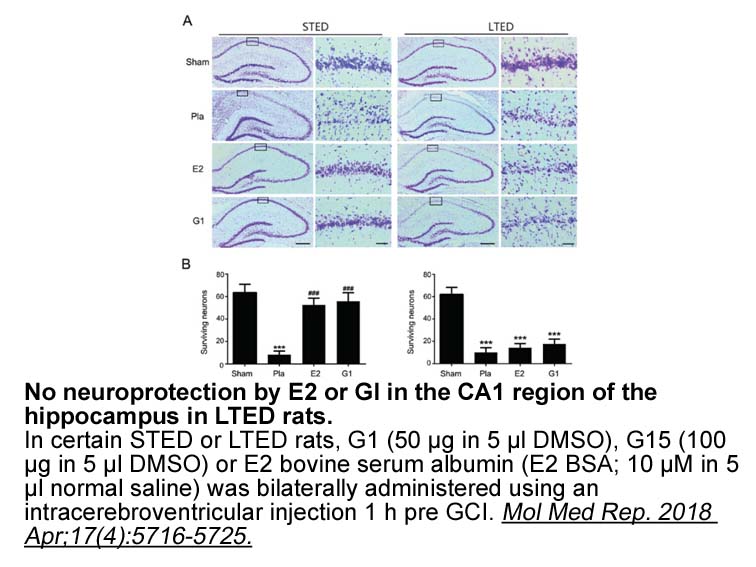
Introduction AMPA receptors (AMPARs) mediate the majority of fast excitatory postsynaptic currents (EPSCs) in the Ritonavir (Jonas, 2000). The brevity of EPSCs and rapid deactivation of AMPARs depend upon a short lifetime of synaptically released glutamate, estimated to be about 1 ms (Clements e
-
br We approached the definition of AD with the
2024-08-15
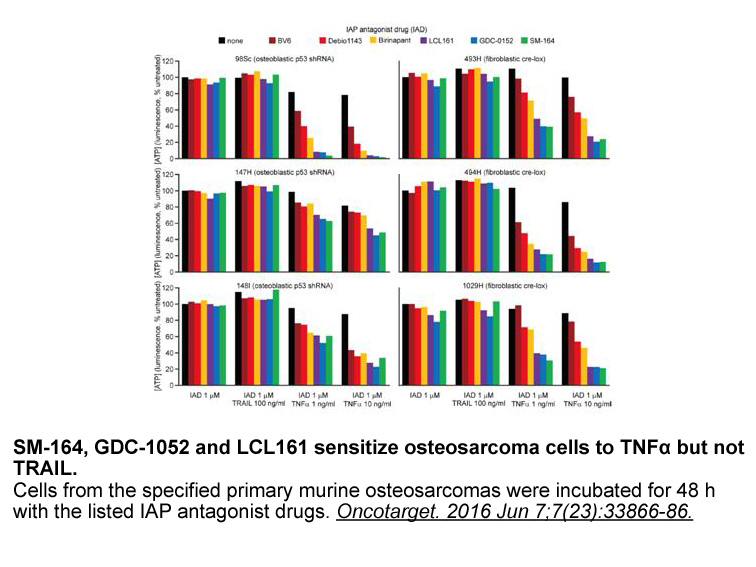
We approached the definition of AD with the distinction between a syndrome and a disease in mind. Some will argue that a specific syndrome, that is, a multidomain amnestic dementia (after other potential etiologies have been excluded), should define AD in living people. Our position, however, is t
-
br Disclosure br Acknowledgments br Introduction Anaplastic
2024-08-15
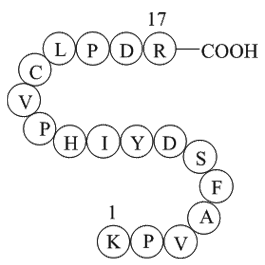
Disclosure Acknowledgments Introduction Anaplastic lymphoma kinase (ALK), a receptor tyrosine kinase, belongs to the insulin receptor kinase subfamily [1]. Oncogenic activation of ALK is associated with the Daprodustat and progression of multiple human cancer types [2,3], including anaplas
-
br Conflicts of interest br Acknowledgements This work
2024-08-15

Conflicts of interest Acknowledgements This work was sponsored by grants from Longyan University Scientific Research Fund for the Young Scholars (LQ2016010), Middle-aged and Young Teachers Education Research Projects of Fujian Province (JAT170569), Longyan University Scientific Research Fund f
16223 records 97/1082 page Previous Next First page 上5页 96979899100 下5页 Last page